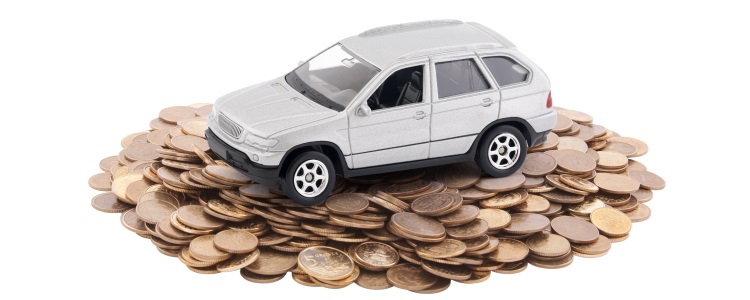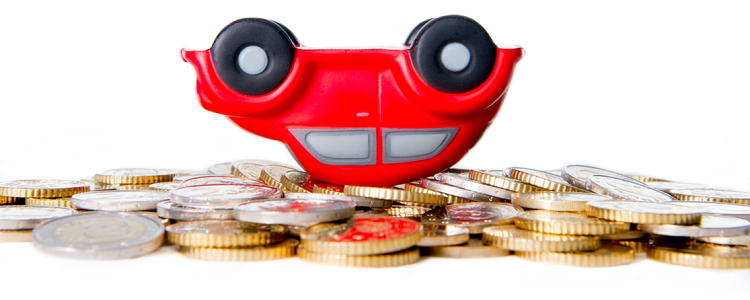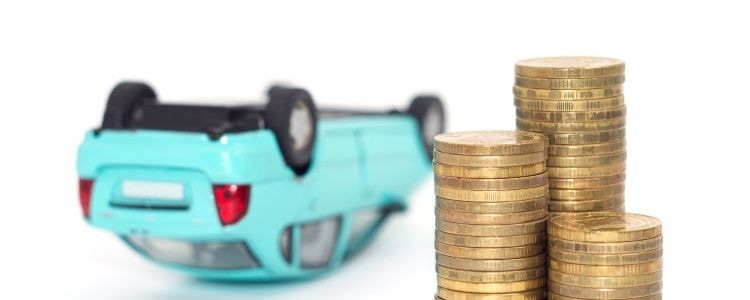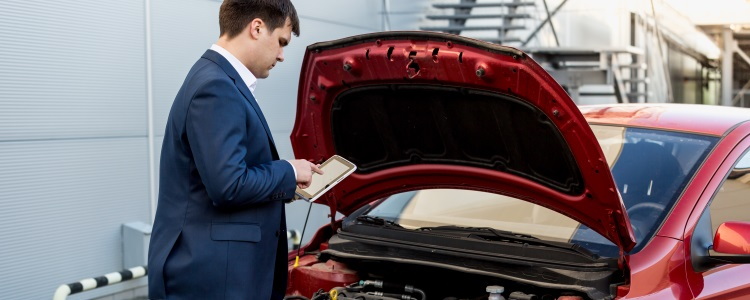The best time to trade in a car depends on multiple factors, including how much it's worth, what your needs are, and what time of the year it is, to name a few. These tips on the best times to trade in your vehicle can help you decide if the timing is right for you.
Trading in a Car Based on Depreciation
 To start, you need to factor in depreciation. Since all cars depreciate – lose value over time – you need to consider how long you've had the vehicle, and whether you bought it new or used.
To start, you need to factor in depreciation. Since all cars depreciate – lose value over time – you need to consider how long you've had the vehicle, and whether you bought it new or used.
If you bought a brand new car, ideally, you should wait to trade it in until the first three years of ownership have passed. Years three to five are typically when depreciation levels off, but it's also when you can still get a good deal when trading it in.
If you bought a used vehicle, the sooner you can trade it in, the better. Although most used cars have likely already gone through their biggest depreciation drop, many dealerships have age and mileage restrictions for trade-ins. If you keep the vehicle for too long, you could run into the issue of not being able to trade it in simply because it’s too old or has too many miles on it, according to a dealer's rules.
The Best Times to Trade in a Car
Make sure you get your trade-in appraised by at least two dealerships (the more, the better), so you can choose the better deal. Once you know your car's actual cash value and how much equity you have, you can consider these four good times to trade in a vehicle:
- Toward the end of the year – Once September rolls around, manufacturers start releasing next year’s models en masse. It’s usually easy to negotiate a good deal on your trade-in during this time, since dealers are eager to get rid of older model year new vehicles on their lots.
- When it costs more to repair – If your trade-in is going to cost more to repair than it’s worth, it’s time to trade it in. Fix minor repairs, but major repairs can be done more cheaply by dealerships.
- Daily needs changed – If you simply need a different car for your everyday needs, then trading it might make the most sense for you.
- Safety concerns – If your vehicle’s reliability and safety have you concerned, you may want to consider trading it in for a safer model.
How to Get Rid of Negative Equity
If you find out that your trade-in is worth less than what you owe on its loan, then you have negative equity. Most car owners experience being upside down on their loan at some point, but you don’t have to stay upside down forever.
There are ways you can get rid of negative equity in your trade-in, including:
- Waiting it out – If you don’t need a newer vehicle right this moment, the easiest way to avoid being upside down is to wait until you have equity.
- Paying the difference – If you have the cash, you can cover the difference when you trade the car in.
- Rolling the balance over – Not all lenders allow this, but you could roll the negative equity over into your next loan. Keep in mind that you aren’t eliminating the negative equity when you do this, and you essentially end up paying on two loans at once.
The Bottom Line
Using your trade-in as a down payment on your next vehicle is a great way to save money, and timing truly is everything. However, if you feel the time to trade it in is now and it has negative equity, you may find it difficult unless you pay the difference or wait it out. Or, you may be able to sell your car on your own and get more for it.
On the other hand, if the timing is right but don’t have a dealer to work with, we’ve got you covered. At Auto Credit Express, we’ve been helping car buyers across the US find financing for over 20 years by connecting them to the right kind of dealership for their situation.
Getting the process of getting matched to a dealer in your area started is easy. Just fill out our free and no-obligation auto loan request form, and we’ll get right to work for you!
















